I checked this question here but unfortunately the link to the diagram in not working so I'm stuck.
I am trying to have multiple emails for one user (work, business, personal, etc) and I'm not sure how to best approach this situation.
I am thinking to have 4 tables: user, email, email_type, and user_has_email (user N:M email). I made two diagrams but I don't know which one would be the better one.
First diagram helps me if one user has the same email for both work and personal (because I don't have to store it twice). Second option is good as well but I would have to store emails twice or more even if one user uses the same email for work, business, personal, etc.
I am planning to use the same idea for storing addresses, which occupy more space than emails and I am thinking that the diagram 1 is more suitable for this.
What do you think?
Diagram 1
-explanation of user_has_email: I chose to make the email_type PK because there may be the case when a user has the same email for work or personal. If I don't PK the email_type I would only be able to have one email_type per user. Did I complicated it too much?

Diagram 2


